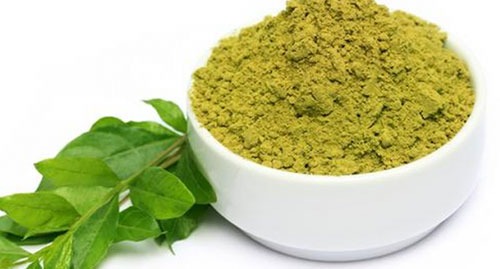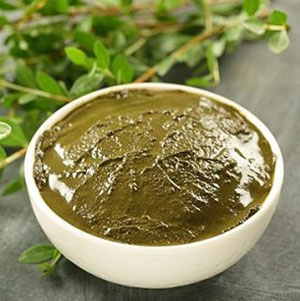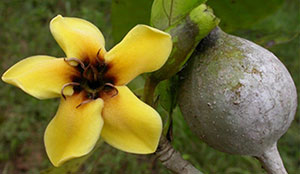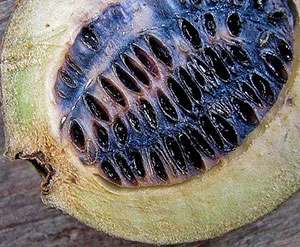History of Henna
History of Henna: Henna has been practiced for thousands of years throughout Indian, African and Arabic countries. In fact, over 50 countries use henna culturally. A paste made of the crushed leaves of the Henna plant is used to decorate the body in beautifully intricate designs.
Henna has been practiced for thousands of years throughout Indian, African and Arabic countries. In fact, over 50 countries use henna culturally. A paste made of the crushed leaves of the Henna plant is used to decorate the body in beautifully intricate designs.

Designs vary from country to country, and culture to culture. Indian designs consist of fine line patterns of paisley, floral and animals that usually cover the entire surface of the hands and feet. In contrast, Arabic designs tend to be bolder with more negative space. Henna designs from African countries of Sudan, Egypt and Morocco tend to be more geometric as well as fine lined.
Wherever Henna is done it is always done with the intent that it would bring good fortune, good feeling, happy beginnings and happy endings. Henna is used to bring about spiritual and material wealth, luck and protection. Henna is essential to these countries rites of passage, religious fasting, weddings, graduations and circumcisions. It is innate to daily life.
History of Jagua: Jagua is indigenous to the rainforests of Central and South America and has been used for as long as can be remembered. Exactly how long is not known. What is known, is that it’s been passed from generation to generation. Each tribe has their own way of preparing the Jagua, application methods and tools.
Jagua is indigenous to the rainforests of Central and South America and has been used for as long as can be remembered. Exactly how long is not known. What is known, is that it’s been passed from generation to generation. Each tribe has their own way of preparing the Jagua, application methods and tools.
Jagua is the most common name for the fruit but it does go by a few others such as Jenipapo and Huito. Like most plants in the Amazon it has multiple uses and is precious to the environment and the tribal people from such places as Panama, Columbia, Brazil and Paraguay. The Jagua tree produces an orange like fruit that ranges in size from a Kiwi to a melon and tastes much like dried apples or quinces.
 Since it is a fruit tree, it provides food and is harvested for many traditional jams, deserts, beverages, even alcoholic beverages. It is often used as an insect repellant or protection from the sun by painting the skin with the juice. Many times the painting is done in intricate patterns or bold geometric designs for all kinds of ceremonies and celebrations. The juice of the unripe fruit is colorless but oxidizes on exposure to the air and gradually turns a black/blue color. It is commonly used to dye clothing, hammocks, utensils and basket materials.
Since it is a fruit tree, it provides food and is harvested for many traditional jams, deserts, beverages, even alcoholic beverages. It is often used as an insect repellant or protection from the sun by painting the skin with the juice. Many times the painting is done in intricate patterns or bold geometric designs for all kinds of ceremonies and celebrations. The juice of the unripe fruit is colorless but oxidizes on exposure to the air and gradually turns a black/blue color. It is commonly used to dye clothing, hammocks, utensils and basket materials.
It’s a great alternative and offers us the same safe and natural dyeing qualities.
